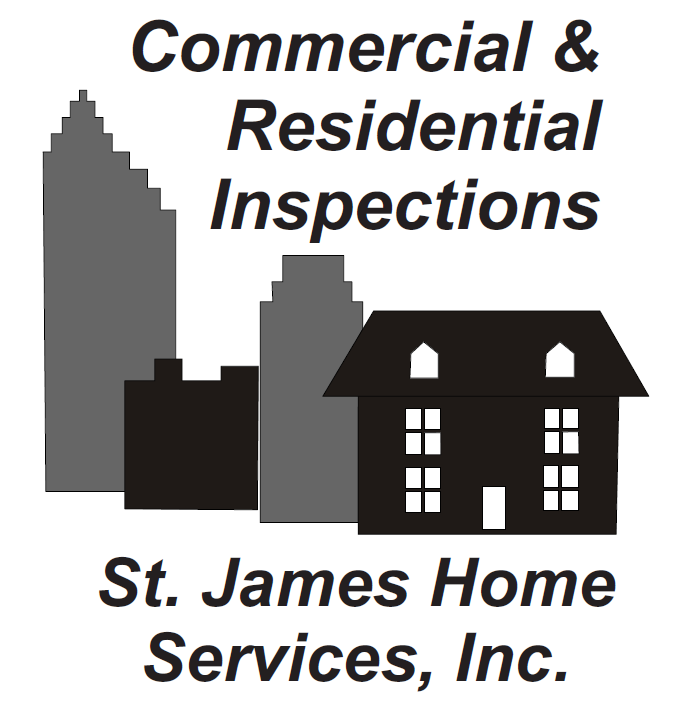Knowing the dangers of radon should encourage you to take preventative steps. Radon in the home is an underlying issue that can put your family’s health at risk. Most people are exposed to low levels of radon in their homes and anywhere they go. However, when levels build up indoors, it becomes unsafe. Since it is not easily detectable, radon can cause serious illness over time.
What are the Dangers of Radon?
Radon is a naturally occurring radioactive gas. Since it doesn’t have any color or any odor associated with it, you won’t know that radon is a problem without a test. People who live in homes with high radon levels are at risk to develop lung cancer. In fact, it is the second-most cause of lung cancer after smoking. The CDC estimates that 21,000 deaths per year in the United States are related to radon.
How Does Radon Enter a Home?
Radon is naturally found in soil, and that means it is likely already underneath your home. Radon comes into the home through cracks in the foundation, walls or floors that have gaps, and even pores in concrete.
It is a misconception that only older homes are vulnerable to the dangers of radon. According to the EPA, it is a problem in new homes as well. Newer homes have tested positive for elevated levels of radon, and once the radon gas is inside, it can’t escape from an airtight home.
Reduce the Dangers of Radon
Small efforts will help reduce the dangers of radon, including sealing foundation cracks and gaps around utility connections. Crawl spaces should have a minimum of six inches of soil that is tightly covered with a plastic barrier. If you notice any holes or tears in the plastic, replace it. If you have a sump pump, make sure you have an airtight cover over it.
Have your house tested for radon levels by a professional. Even if you have taken steps to reduce radon from coming inside, it may not be enough. A radon mitigation system may need to be installed to effectively reduce the levels. Always test for radon in the home before you complete the purchase of any house.
Radon Testing
Since you can’t see or smell radon, the only way to determine if it is present is to test for it. Testing should be conducted by professionals. There are do-it-yourself tests, but they are often inaccurate due to user error or faulty equipment. Hire a professional home inspector to test your home for radon.
St. James Home Services offers home inspection services, including radon testing, to Durham and the surrounding areas in North Carolina. Contact us to schedule your appointment.

